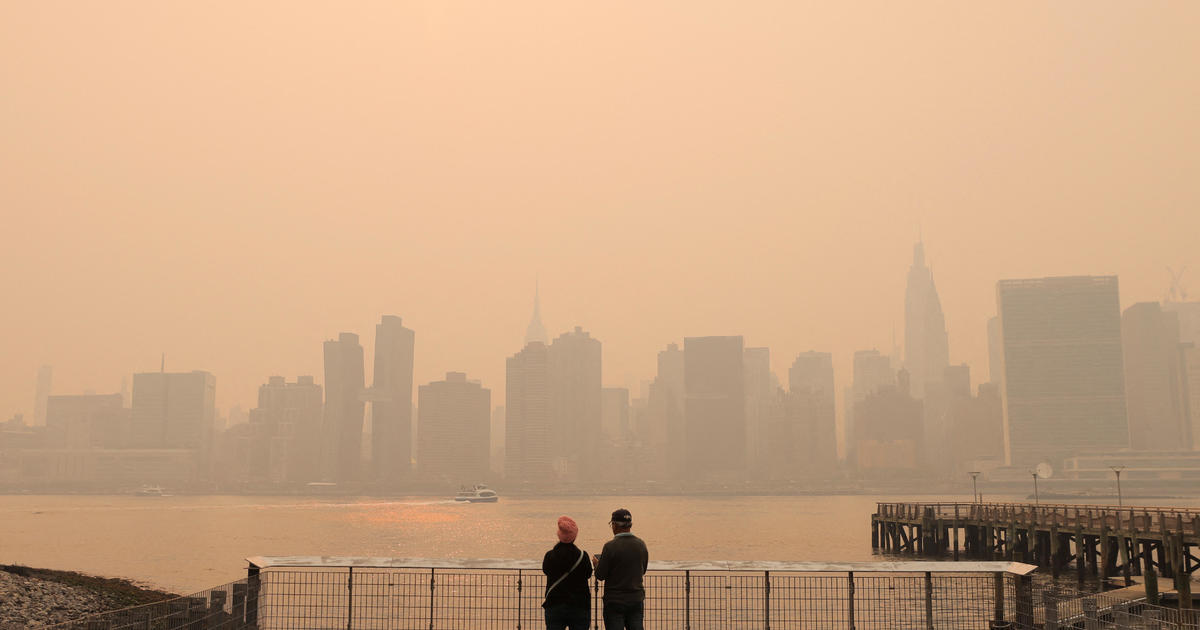A Paler Uranus Emerges in the Latest Hubble Telescope Image
With the passage of the vernal equinox a few days ago, we in the Northern Hemisphere can look forward to the warmer days of spring while those in the Southern Hemisphere will begin to feel the chill of autumn.
The seasons change on other planets too, none more so than Uranus, which is essentially tipped over on its side. Photographs from the Hubble Space Telescope, released on Thursday, provide more details for astronomers to scrutinize about shifting climatic conditions on the odd ice giant.
Studying Uranus’s seasons takes a while. One year on the distant, bluish gas giant — the time it takes Uranus to go once around the sun — is 84 Earth years.
“This is so long that no one human can hope to study it directly,” said Heidi B. Hammel, vice president for science at the Association of Universities for Research in Astronomy.
Dr. Hammel notes that although Uranus was discovered 242 years ago, sophisticated instruments did not exist then, and even electronic detectors capable of accurately measuring the brightness of the planet did not exist until the 1950s.
Long-term brightness measurements since then suggest the northern hemisphere of Uranus, now emerging into sunlight, is brighter than the southern hemisphere, which Voyager 2 observed when it flew by in 1986.
“Is that due to a difference in the thickness of the clouds?” Dr. Hammel said. “The chemistry of the clouds? The dynamics in the clouds triggered by sunlight? Some complicated combination of all of the above? We frankly don’t know. We are slowly accumulating enough data to start to tease out those differences.”
The European Space Agency, which collaborates with NASA on the Hubble telescope, offered a comparison between what Uranus looked like in 2014 — seven years after its vernal equinox — and an image taken last year.
In 2014, multiple storms with clouds of methane ice crystals were circling the mid-northern latitudes. Eight years later, a haze appeared over the north pole that was similar to the smog of polluted cities, with several small storms near the edge of the polar haze. (Look at the thin ring to get a sense of how the orientation of Uranus has shifted.)
The causes could include changes in the winds and chemical processes.
The northern hemisphere summer solstice on the planet — when the sun will be shining almost directly down at the north pole and almost all of the southern hemisphere will be in darkness — will occur in 2028.
Images from Hubble, as well as from the James Webb Space Telescope and the Keck Observatory in Hawaii, will help astronomers better understand what is changing on Uranus and why.
Last year, planetary scientists agreed to put a mission to Uranus at the top of their list during a once-a-decade survey of priorities, perhaps including an orbiting spacecraft and an atmospheric probe.
“The more we learn about Uranus now,” Dr. Hammel said, “the more focused and scientifically productive that mission will be.”


